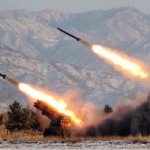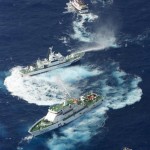Daily Report Archives
Established in December 1993, the Nautilus Institute’s *N*ortheast *A*sia *P*eace and *S*ecurity *N*etwork (NAPSNet) Daily Report served thousands of readers in more than forty countries, including policy makers, diplomats, aid organizations, scholars, donors, activists, students, and journalists.
The NAPSNet Daily Report aimed to serve a community of practitioners engaged in solving the complex security and sustainability issues in the region, especially those posed by the DPRK’s nuclear weapons program and the threat of nuclear war in the region. It was distributed by email rom 1993-1997, and went on-line in December 1997, which is when the archive on this site begins. The format at that time can be seen here.
However, for multiple reasons—the rise of instantaneous news services, the evolution of the North Korea and nuclear issues, the increasing demand for specialized and synthetic analysis of these and related issues, and the decline in donor support for NAPSNet—the Institute stopped producing the Daily Report news summary service as of December 17, 2010.
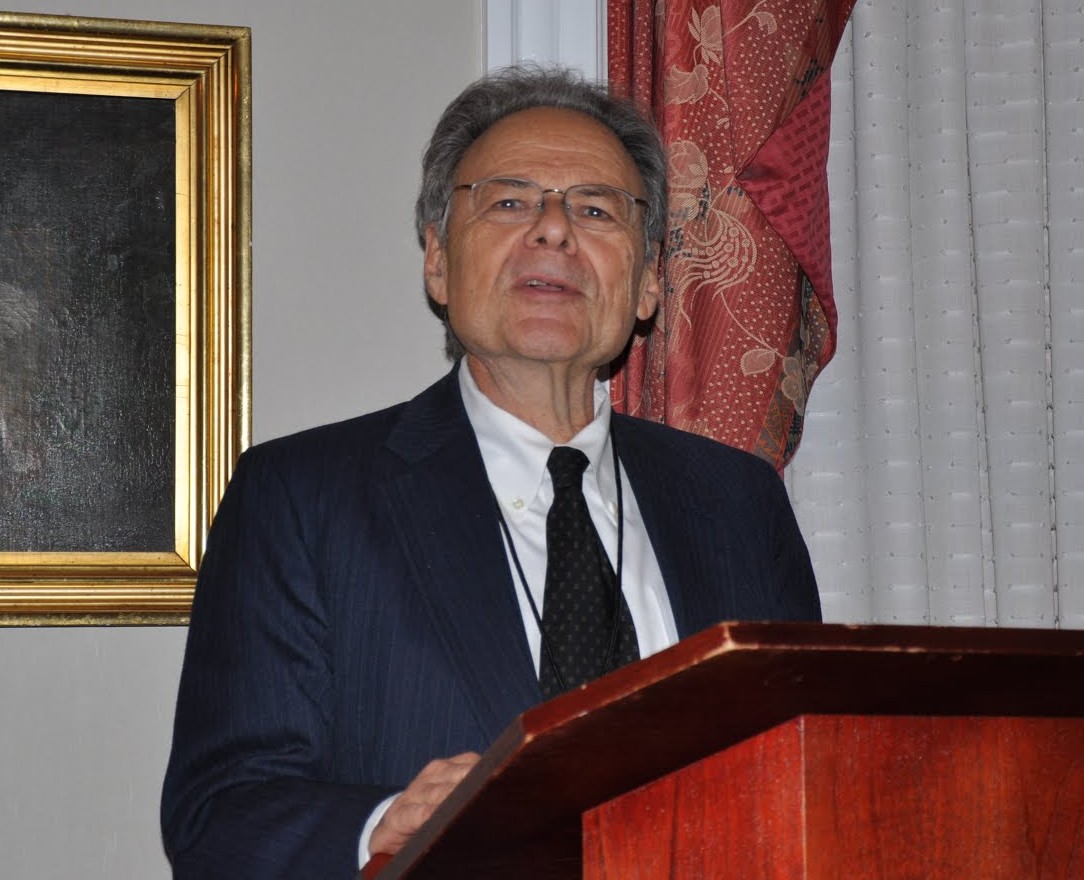
Morton Halperin lays out a new approach to developing and implementing a process of regional security cooperation in North East Asia which will lead to a denuclearlized Korean peninsula. It proceeds from the premise that the prior approach to denuclearization has reached a dead end and that we need a new approach which takes account of where we are now and the fundamental interests of the two sides. Promoting this new process requires that the United States continue to maintain and strengthen its military capability, alliance relations, and the structure of global sanctions against North Korea by the UN Security Council and other means. However, the elements of the comprehensive approach to peace and security in Northeast Asia would also include: termination of state of war, creation of a permanent council on security, mutual declaration of no hostile intent, provisions of assistance for nuclear and other energy, and the establishment of a regional nuclear weapons free zone.
Morton H. Halperin served four US presidents and is currently a Senior Adviser at the Open Society Foundation.
This report was originally presented at the New Approach to Security in Northeast Asia: Breaking the Gridlock workshop held on October 9th and 10th, 2012 in Washington, DC.
Go to the article

Bridges to nowhere – promises, promises
by Nikhil Desai – Energy Security Contributor
Some thought the moment to save the earth had passed in Copenhagen nearly three years ago. Phew!! What a relief!!!…
Go to the article

Although China’s nuclear power industry is relatively young, and the management of its spent nuclear fuel and nuclear waste is not yet a major concern, China’s commitment to nuclear energy and its rapid pace of nuclear generation capacity development require detailed analyses and planning of its future spent fuel management and nuclear waste policies. Specially, China is moving forward on its commitment to operate a closed nuclear fuel cycle, a policy that was first articulated in the 1980s. Figuring out how to manage and store the high-level nuclear waste resulting from reprocessing—a necessary part of a closed nuclear fuel cycle—could be a challenge for China.
This report reviews China’s spent fuel management policy, including its plans for reprocessing, including and China’s nuclear waste management plan, and explores the feasibility of deep borehole disposal (DBD) as an alternative to at-reactor, centralized surface- and near-surface storage, or mine geologic storage of spent fuel and high-level nuclear waste.
Yun Zhou is a postdoctoral research fellow at the Belfer Center’s Project on Managing the Atom and International Security Program.
Go to the article

Liu Xuegang writes, “Experience with spent fuel management is limited in China. No authorized roadmap or clear decision on the back end of nuclear fuel cycle has yet been developed and approved. Thanks to the present relatively small quantity of spent fuel in storage at China’s nuclear plants, it appears that there will be no critical pressure on the development of spent fuel transportation, interim storage, large-scale reprocessing and final disposal infrastructure for a number of years. The difficulty and uncertainty of development of nuclear power and nuclear fuel cycle facilities, however, have been well-proved worldwide in the past. China’s strategy of spent fuel management policy should be determined soon, and should be based on a comprehensive and scientific planning process that allows consideration of all reasonable options, issues, and points of view.”
Xuegang Liu is a Doctor at the Nuclear Chemistry and Technology Division at the Institute of Nuclear and New Energy Technology, Tsinghua University, Beijing, P. R. China.
Go to the article

South Korea Joins The Big Boy League
by Peter Hayes – Deterrence Contributor
If we try to figure out what the post-2010 ROK “pro-active deterrence” concept articulated and pushed hard by former Blue House national security advisor…
Go to the article
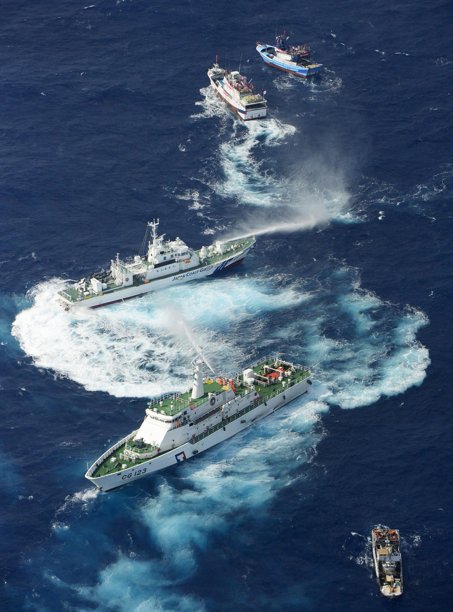
China to the left, Japan to the right, and a silent Korea
by Yi Kiho – Governance and Civil Society Contributor
Candidates for the next president and prime ministerial elections in South Korea and Japan were determined during the past two weeks…
Go to the article
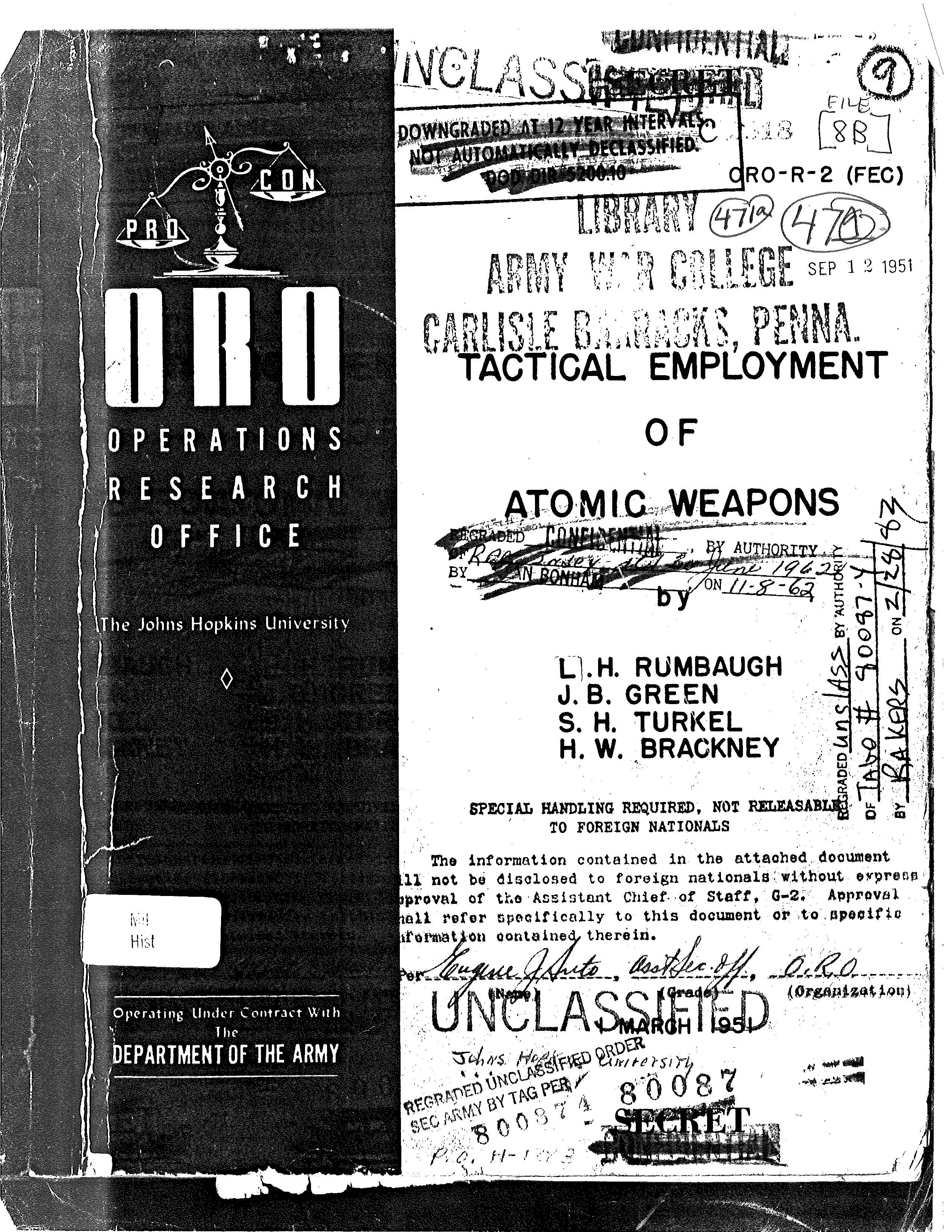
By 1951 it was apparent that the Soviet nuclear explosion in 1949 had already cut short the era of U.S. nuclear omnipotence and in Korea, the U.S. military’s began to worry about nuclear attack. “In the problem of defense,” advises this March 1951 Johns Hopkins report by to General MacArthur, “there is the question as to whether one’s own forces and installations are so disposed as to be vulnerable and, if so, what more suitable dispositions and defenses are possible.”
To answer this question, the report analyzes whether UN Command field troops, army and air force headquarters at Taegu, and UN airfields would have been lucrative nuclear targets; and whether Pusan, the logistical port through which poured 80 percent of the supplies to fight the war, was vulnerable.
The report shows that each of these targets was indeed vulnerable. Each target was sufficiently valuable to justify using nuclear weapons; each target could be identified; and none of them could assuredly stop a nuclear attack.
This report was released to the Nautilus Institute under the US Freedom of Information Act (FOIA).
Go to the article






